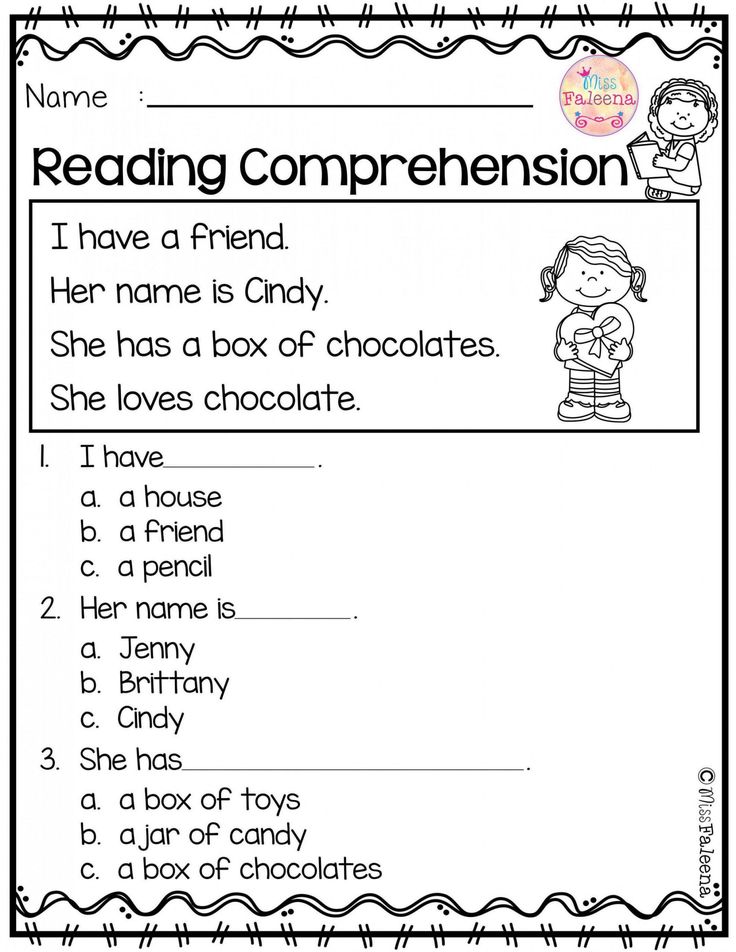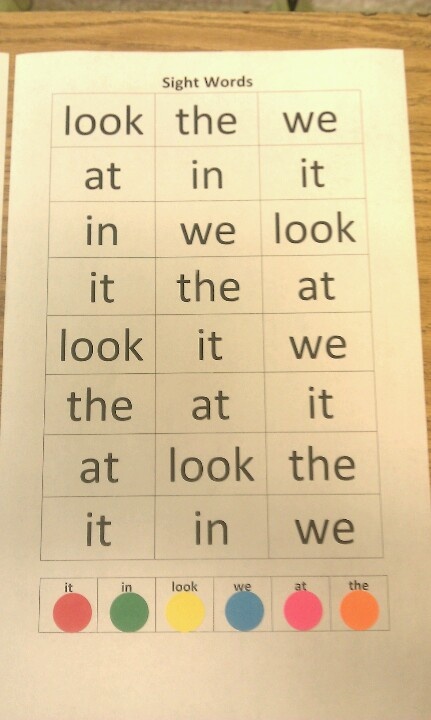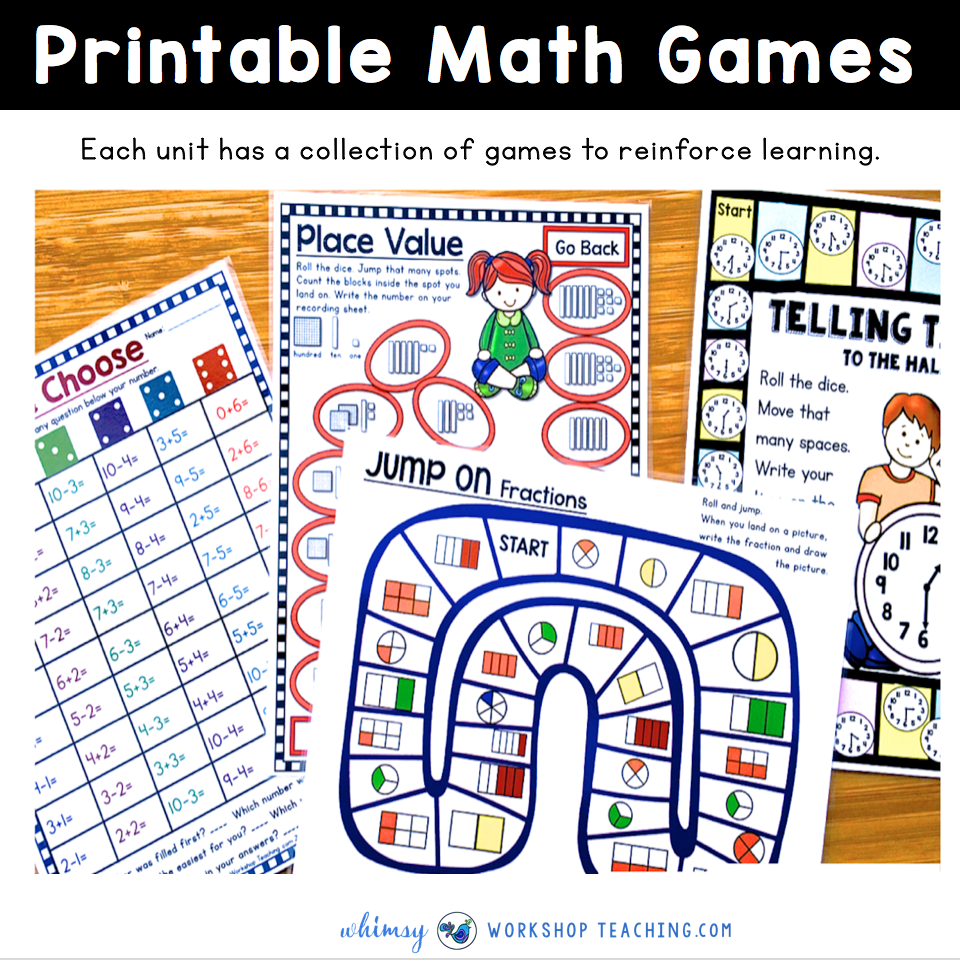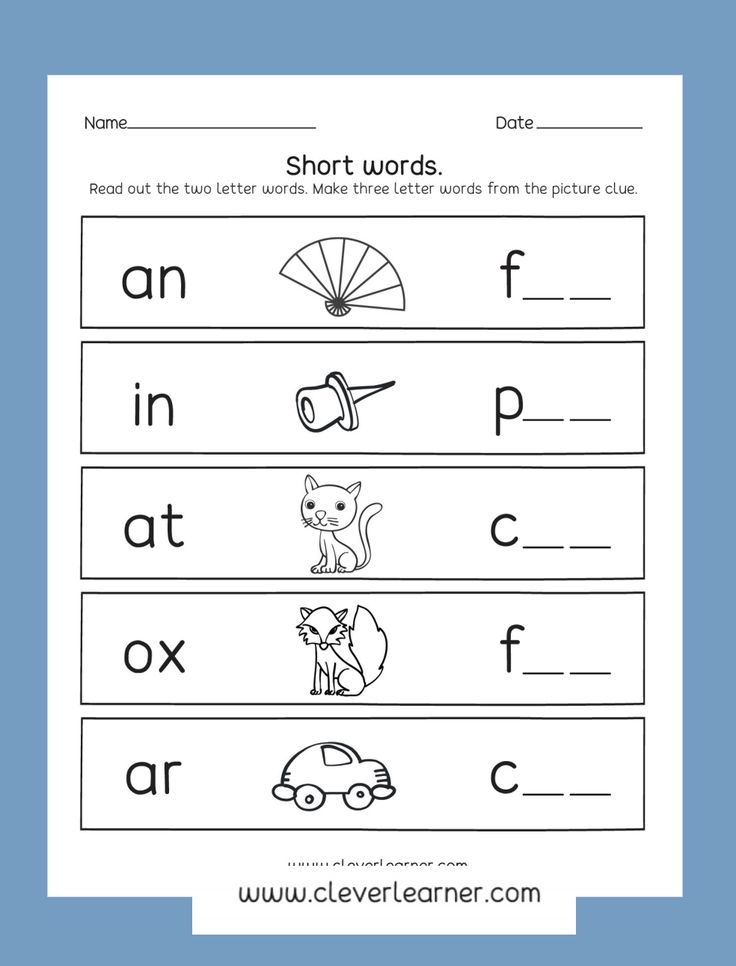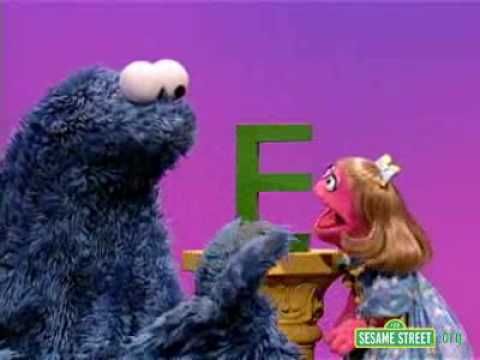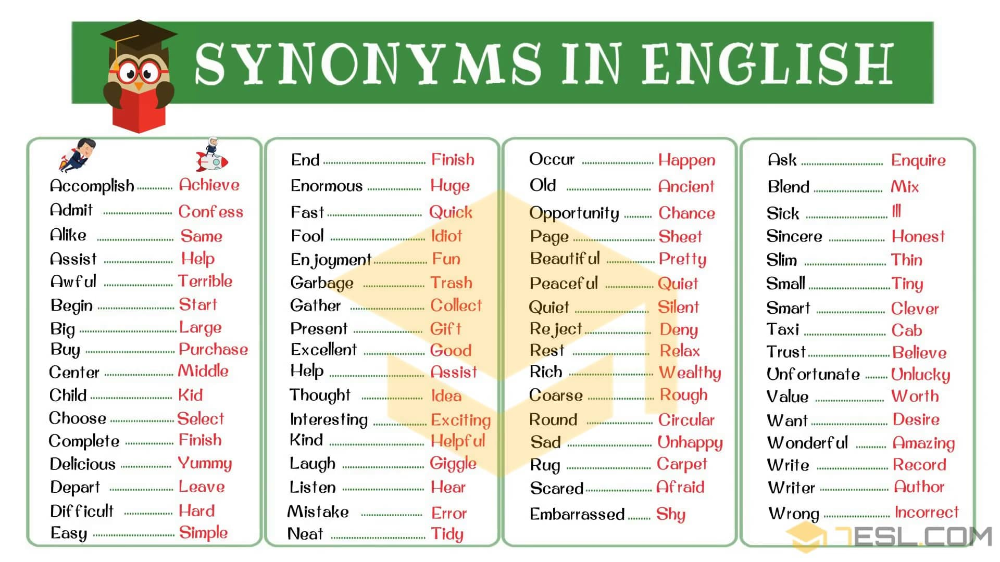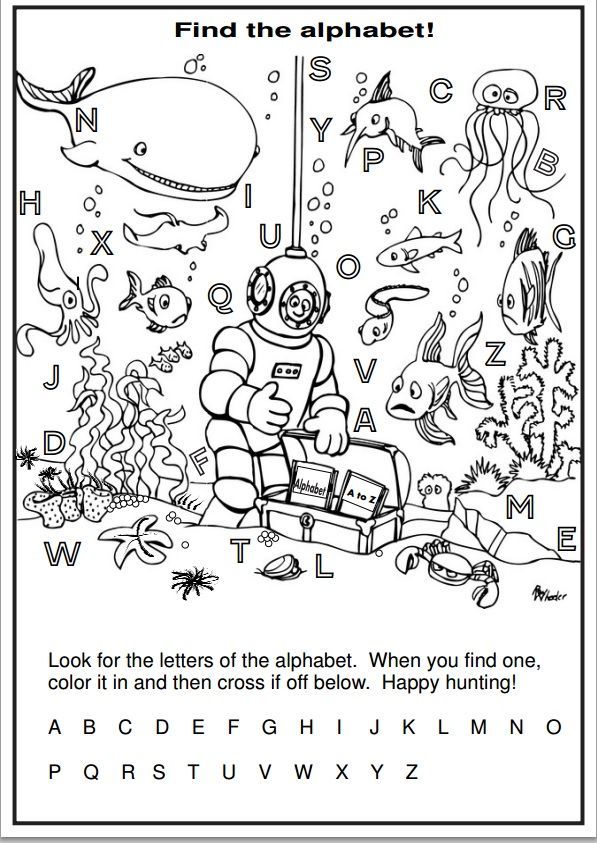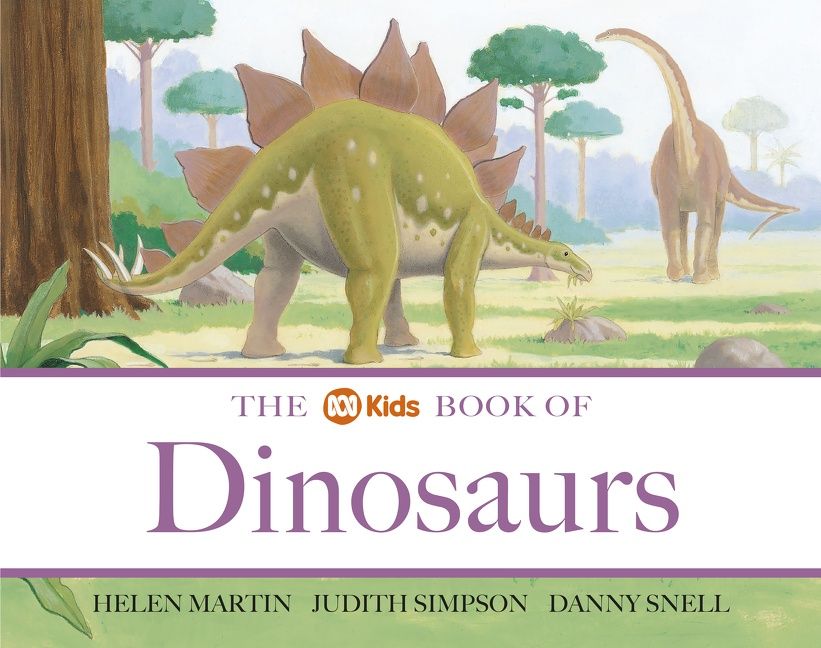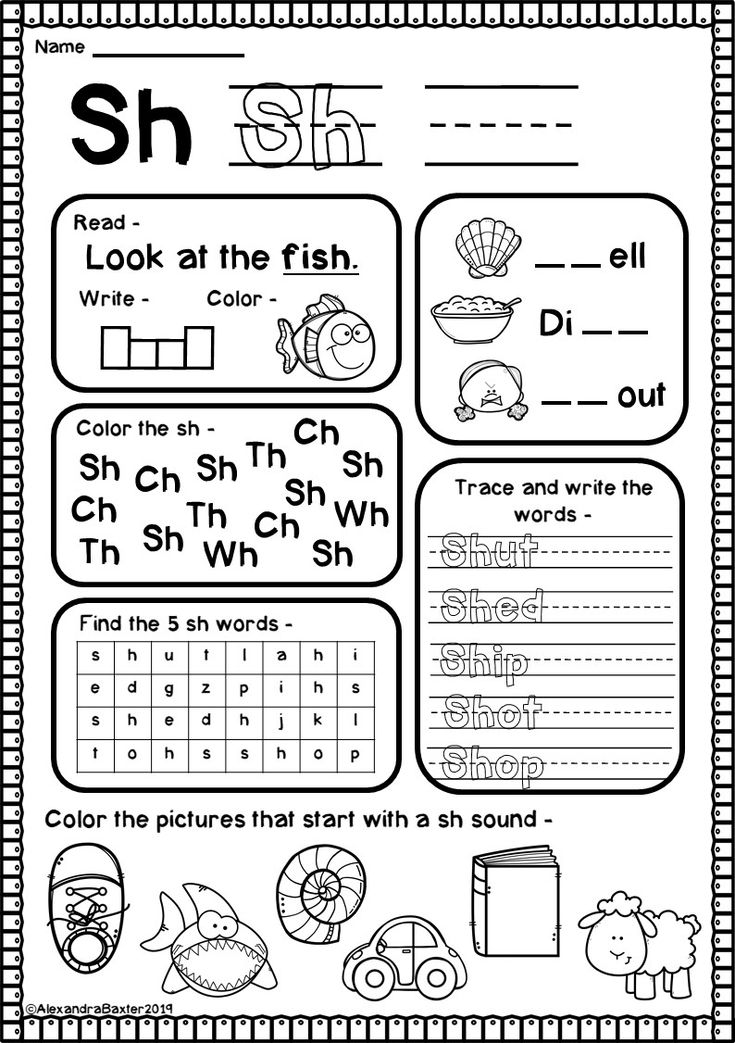Kindergarten reading class
Kindergarten Reading Program with Phonics (At-Home and Online)
Skip to content
At-Home and Online
At-Home Online Reading & Spelling Program
4.90 out of 5
36 Reviews
Save Your Spot Get Started
Give Your Kindergartener a Head Start with Reading
- Learn beginning phonics skills
- Read picture books with fun and captivating characters
- Meet Sam and Mat and their friends as they go on adventures
- Learn how to easily spell simple words
- Enjoy fun and engaging short, daily activities
- Research-based, results-driven reading program curriculum
- Feel confident and excited about learning to read
- Improve listening and auditory processing skills
- Play card games that work on phonics skills
Scholar Within’s Co-founder Bonnie Terry, M. Ed., BCET has been featured on
Kindergarten Reading Program Curriculum
45-60 Minutes a Day
6 Week, 8 Week, or 10 Week Program
At-Home and Online
Video and Audio Lessons
Worksheets and Printables
Help and Support
Hand Selected Picture Books for Kindergarteners
Your child will feel empowered by these kindergarten reading program books with simple words and sentences with fun characters in engaging stories. We’ve chosen the best time-tested books and compelling stories that will open your son or daughter’s world of reading.
Each week, the kindergarten reading program curriculum provides two fun digital books for your child to read aloud. Your child will learn how to talk about and summarize the stories they have read. You’ll also receive a reading selection each week to read aloud to help build their awareness of words and stories.
Learn beginning phonics with interactive video spelling lessons.
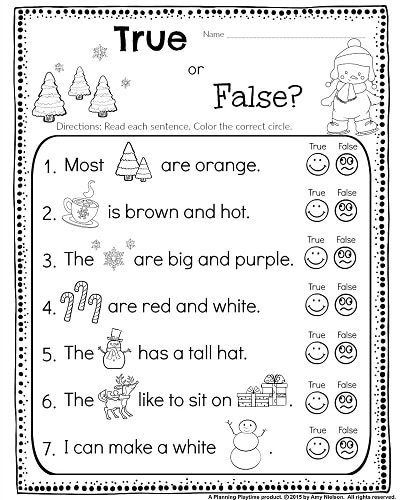
Scholar Within’s kindergarten reading program includes spelling and phonics lessons. Your child will learn to identify and match individual letters with their sounds. They will start to understand that spoken words are made up of individual sounds (phonemic awareness). Putting several individual sounds together makes words. The individual sounds of /b/, /a/, and /t/ come together to make the word /bat/.
Our interactive video kindergarten spelling lessons explain step-by-step how words are put together. Your child will learn to spell 10 new words each week according to their phonetic spelling patterns. Your child will also learn to recognize easy sight words.
Letter Recognition and Pattern Matching
Your child will work on recognizing letter shapes and names. They will work on matching upper and lower case letters. They will also work on completing letter and shape patterns through simple kindergarten worksheets.
Rapid Automatized Naming
Rapid naming is one of the biggest predictors of a child’s success with reading. This is your child’s ability to see a shape, symbol, word, or object and to instantly recognize what it is. We have simple, custom-designed drills that you will do a practice and timed read where your child will see their progress in 3-4 days. These drills also work on their eye-tracking skills and start to move their eyes fluidly from left to right across a page. These rapid naming drills are the perfect way to set your kindergarten reader up for success with reading words from left to right.
This is your child’s ability to see a shape, symbol, word, or object and to instantly recognize what it is. We have simple, custom-designed drills that you will do a practice and timed read where your child will see their progress in 3-4 days. These drills also work on their eye-tracking skills and start to move their eyes fluidly from left to right across a page. These rapid naming drills are the perfect way to set your kindergarten reader up for success with reading words from left to right.
Build Long Term Memory Skills
Your child will answer questions to the books that they have read in the program a day or two after. Your child will learn to remember and recall what they have read by reviewing notes that they have written or dictated about the reading. Yes, comprehension is important for kindergarten level readers.
Brain-Body Activities
The brain and body work together as a machine, one designed to move through space efficiently, walking, moving, and maintaining balance.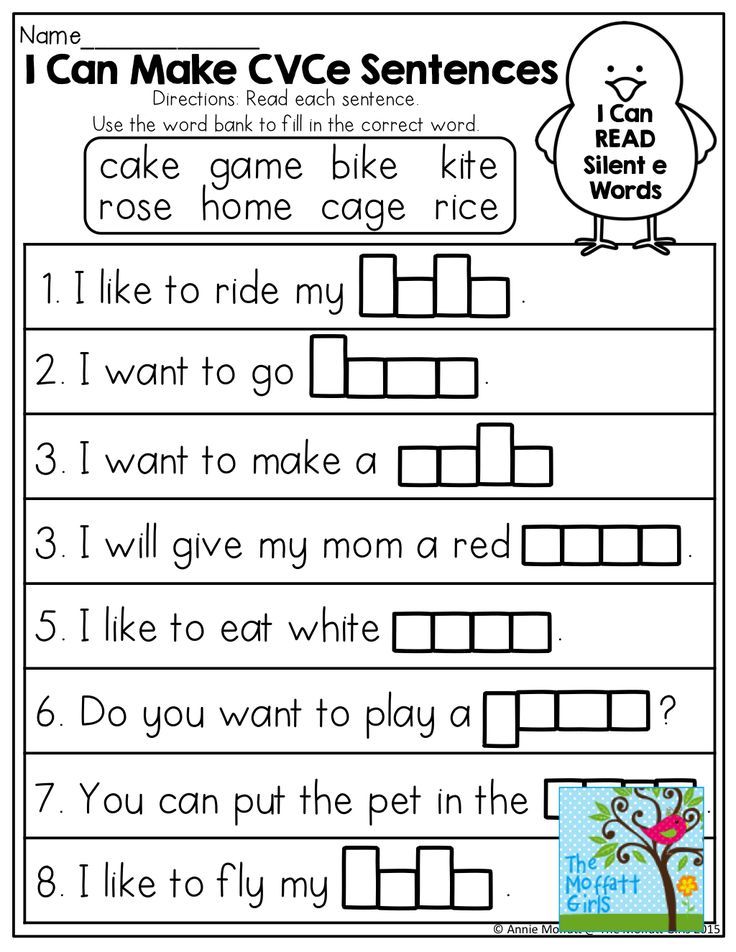 This connection allows you to see the shapes, sizes, and positions of letters on a page as well as improve eye tracking skills. As we improve the brain-body connection, reading and overall learning improve.
This connection allows you to see the shapes, sizes, and positions of letters on a page as well as improve eye tracking skills. As we improve the brain-body connection, reading and overall learning improve.
We have different activities each week that your kids will think are just fun games, but the activities actually work on improving their motor skills and brain-body connection.
Build Executive Function Skills
Executive function skills are the decision making and planning skills that we all need in our daily lives. Your child will help decide when they will do certain activities and they will estimate how long each activity will take. After the activity is completed, they will reflect on how long it actually took and will start to build their time awareness and planning skills.
Research-Driven, Results-Proven Curriculum
Every component of our reading program is research-based and is specifically designed to boost your kindergarten child’s reading skills. The program has been created by learning expert and board-certified educational therapist Bonnie Terry, M.Ed. She put together her 35+ years of working hands-on with children of all learning styles and abilities into this step-by-step program with custom-designed methods that you and your kids will see results each week.
The program has been created by learning expert and board-certified educational therapist Bonnie Terry, M.Ed. She put together her 35+ years of working hands-on with children of all learning styles and abilities into this step-by-step program with custom-designed methods that you and your kids will see results each week.
Develop a Love of Reading
Reading will start to make sense to your child. Your child will develop a strong foundation of reading and overall learning skills. These skills include print awareness, phonemic awareness, letter recognition, phonics skills, and sight word recognition. Your kids will do a variety of activities that teach and strengthen all of these skills. Your child will love doing the activities in the program and will want to do them again and again.
Only logged in customers may leave a review. Log In
Included in the Program:
- Weekly Reading Selections
- Reading Comprehension Questions
- Reading Fluency Training Drills
- Phonics and Spelling Video Lessons
- Spelling Worksheets and Puzzles
- Video Instruction
- Graphic Organizer Forms
- Note-Taking Printables
- Executive Function Activities
- Brain-Body Activities
- Card Games
- Daily Emails
- And More!
Reading Program by Grade Level
Learn more about what reading skills your kids will build in our summer reading program.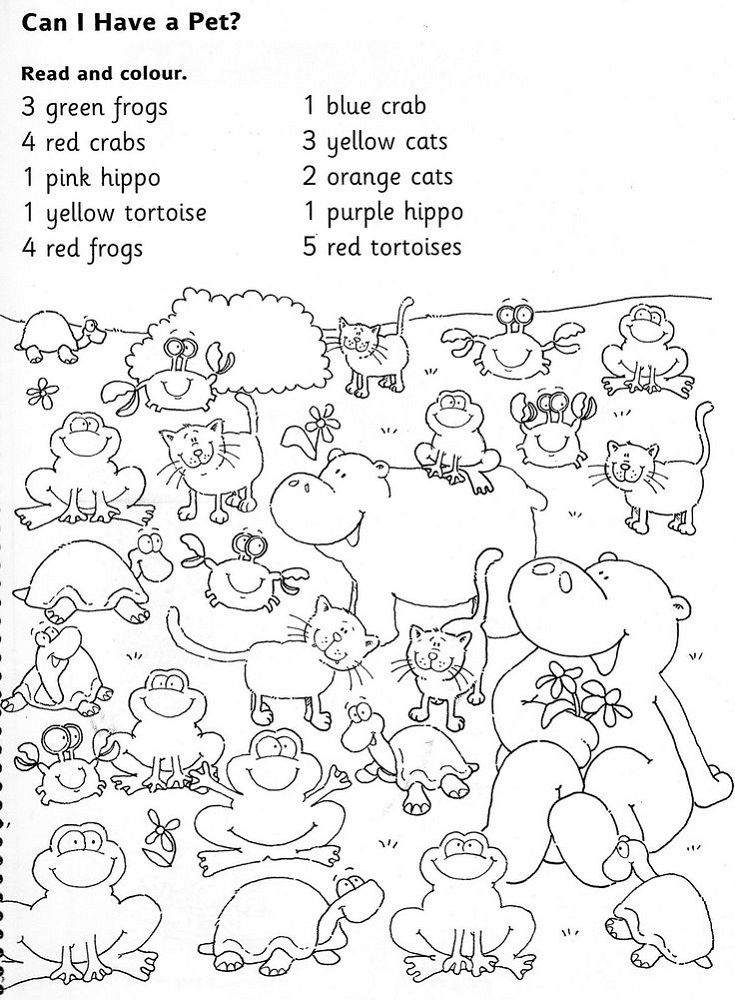
Reserve Your Spot
Not quite ready to sign up? Reserve your spot for the best summer reading program. The availability of this summer reading program is limited.
Reserve Your Spot
Your Kindergartener | Reading Rockets
Reading 101: A Guide for Parents
Discover the typical literacy milestones for your kindergartener, and how to support your child's developing skills in reading and writing. Use the links on the left to find activities, videos, and other resources to build skills in these key areas: recognizing the sounds in speech, phonics, fluency, vocabulary, comprehension, and writing.
Get an overview of the reading and writing skills that are typical for 5-year-olds. Remember that kids develop at different rates, so don't be worried if your child isn’t doing some of these things yet. If you do have concerns, talk to your pediatrician, your child's teacher, or the reading specialist at school.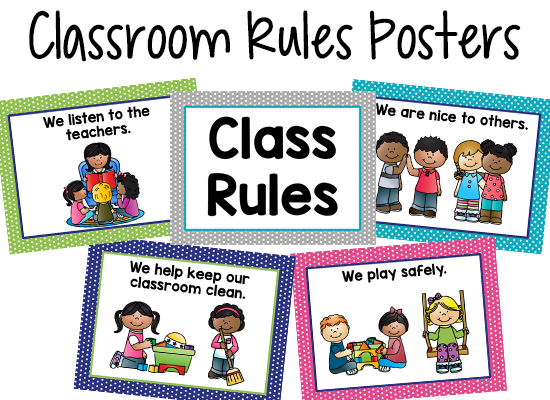
Reading
- Understands left-to-right and top-to-bottom orientation for books and print.
- Knows the parts of a book and their functions.
- Recognizes and can name all uppercase and lowercase letters.
- Enjoys being read to and can retell simple stories or what they learned in informational texts.
- Uses descriptive language to explain and explore.
- Recognizes letters and letter sounds.
- Begins to match spoken words with written ones.
- Identifies and uses rhyming words.
- Can recognize beginning sounds and sometimes middle and end sounds in simple words.
- Recognizes and uses “word families” (words that share certain letters and may also rhyme, for example: bat, hat, rat, sat).
- Identifies the sounds of each letter in simple, one-syllable words.
- Recognizes some "sight words," common words kids have to recognize instantly without sounding them out. A few examples are a, the, I, my, you, is, are.
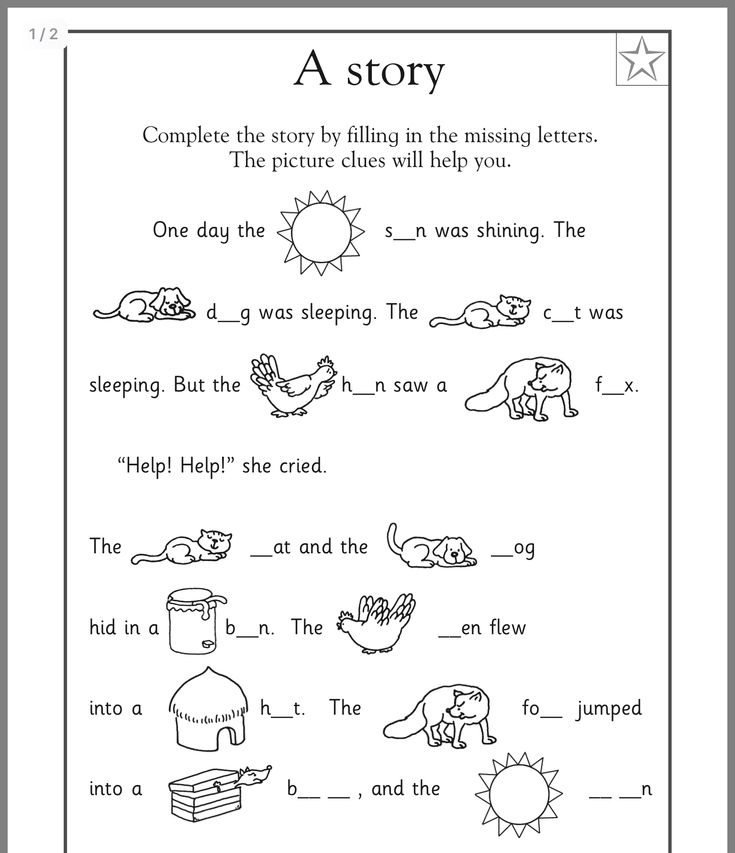
- Sound like they are reading when pretending to read (or reading a familiar book they've memorized).
- Uses new vocabulary and grammar in own speech.
- Connects information and events in texts to life and life to text experiences.
- Likes to dramatize stories or parts of stories.
- Can name some book titles and authors.
- Correctly answers questions about stories read aloud.
- Makes predictions based on illustrations or portions of stories.
Writing
- Independently writes many uppercase and lowercase letters (although they may not be clearly written).
- Writes own name (first and last) and the first names of some friends or classmates.
- Begins to write some words they use and hear often.
- Uses invented spelling — children at this age are translating the sounds of spoken words into writing.
- Begins to build a bank of correctly spelled words.
- Draws a picture that tells a story and adds labels to the picture.
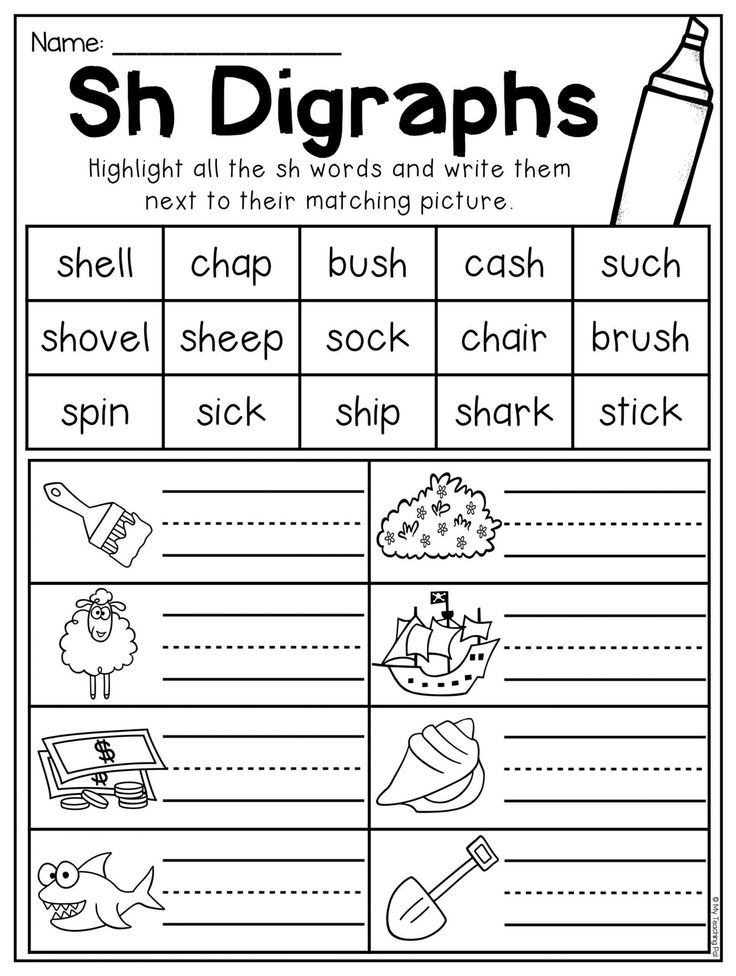
- Writes (unconventionally) to express own meaning.
- Begins to write stories with some readable parts.
Looking at Writing
See examples of real writing from kindergarteners in our interactive resource, Looking at Writing.
More resources
Modern technologies for popularizing literary reading in kindergarten | Speech development project (preparatory group):
Topic: "Modern technologies for the promotion of literary reading in kindergarten."
Problem field.
One of the activities that affect the development of higher mental functions is reading. The importance of reading books for human development cannot be overestimated. It is an inexhaustible source of knowledge since ancient times.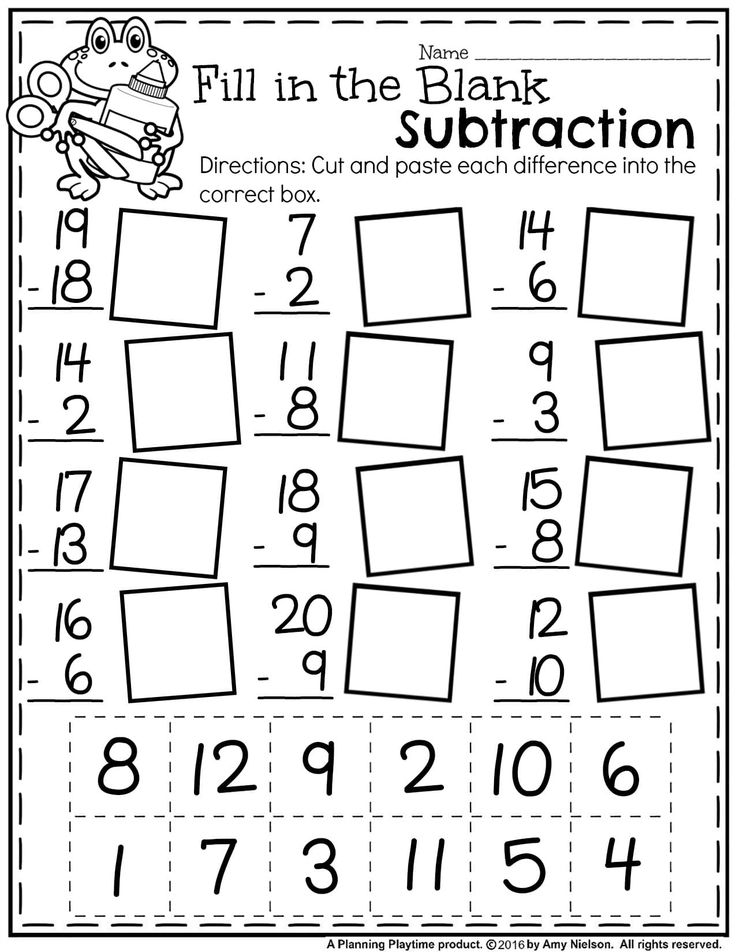
When reading, a person mentally imagines himself in the place of a hero, i.e. in the brain those areas begin to function that at other times are not involved. This effect does not occur when watching TV or playing games on a computer.
Preschool age is the period when the perception of fiction by children of preschool age can become the main hobby not only for gifted preschoolers, but for almost all other children of this age. At this age, the importance of books is very great.
In the process of communicating with a book, a child learns to think, learns to analyze, develops creatively, and the moral and cultural basis of his personality is formed. Reading develops speech, making it correct, clear, understandable, figurative, beautiful. Reading develops the soul, teaches compassion, to be merciful, to feel someone else's pain and rejoice in someone else's success.
How to create conditions to take into account all of the listed positive emotions in a child in relation to the reading process?
An effective means of solving this problem, from our point of view, can be considered such innovative forms of work with older preschoolers and their parents as bookcrossing.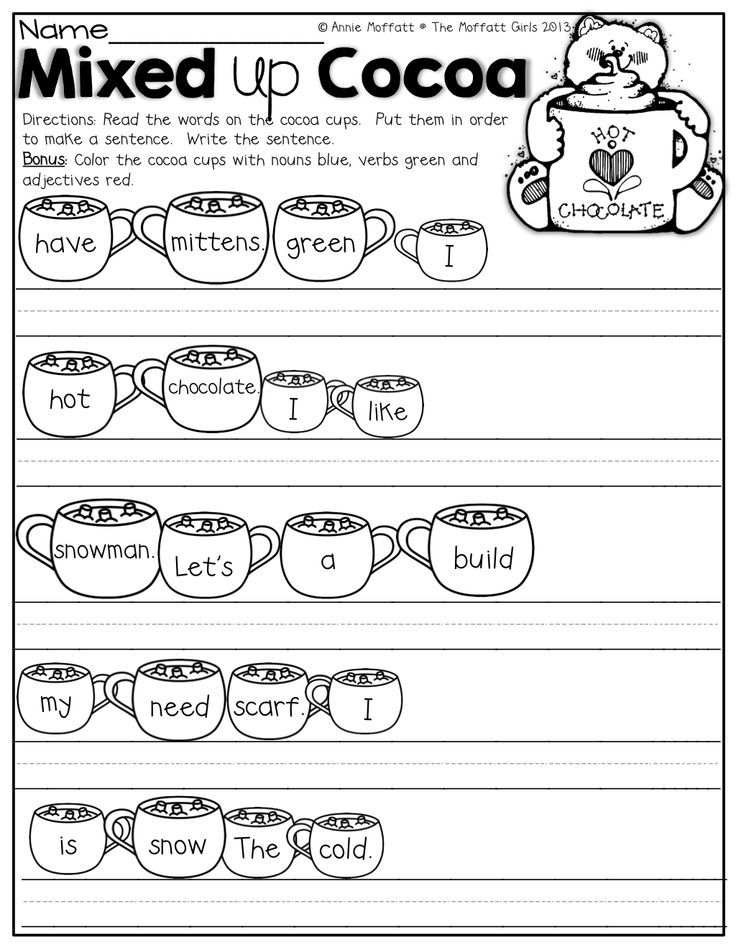
The purpose of bookcrossing in kindergarten is to promote reading, to increase interest in books, to revive interest in reading, in reading Russian folk tales, and to revive the tradition of family reading.
Objectives:
- introduce the modern Bookcrossing movement;
- to expand knowledge about various genres of fiction;
- to involve parents in joint reading of works of art with the child;
- to help parents in choosing books for preschoolers;
- to form in children the need for daily communication with fiction;
- to educate the participants of the project to take care of the book itself;
- put into practice a variety of forms and methods of working with literary works, contributing to the familiarization of children with the book for the development of cognitive, creative and emotional activity of children;
- develop and test a system of methodological measures for teachers and parents on the issue of introducing children to reading books;
- to develop communication, cognitive skills of children, the ability to listen and understand works of different genres, to express emotions; the ability to communicate, speak expressively, the ability to improvise.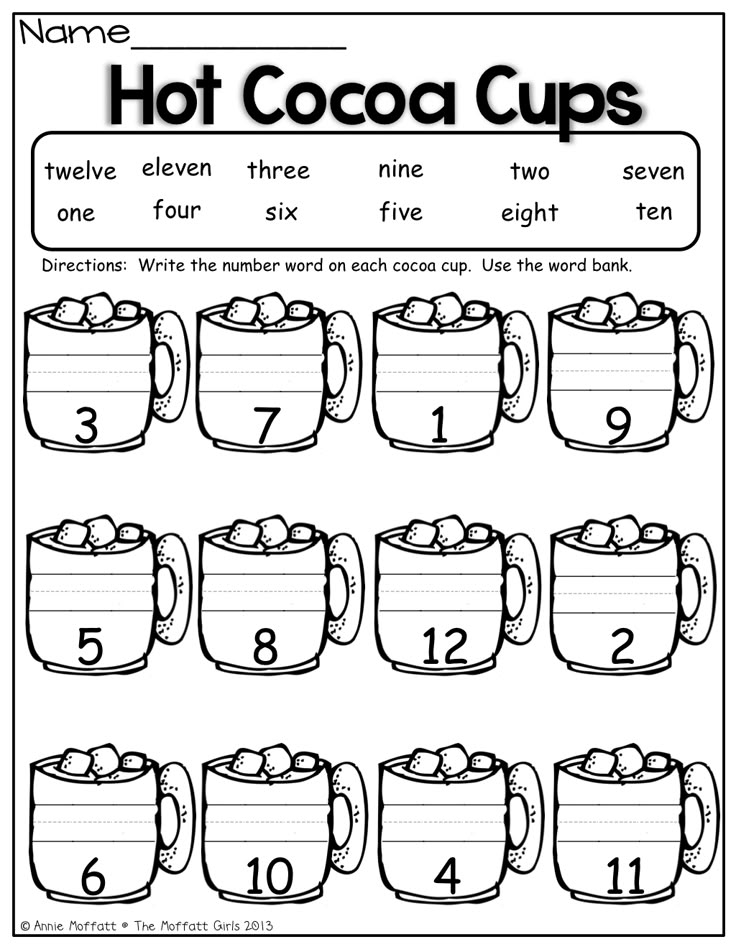
Target group.
Children 5-7 years old.
Terms of project implementation.
To implement the project, you must follow the following rules:
Rules for participation in bookcrossing:
- - Look at the books in your library and “let the books go free” from the “captivity” of the bookcase;
- Choose the books you want to share and bring them to the kindergarten, let other children and adults read them;
- We ask you to enclose a small letter in the book about whose book it is, by whom and when it was read, etc.;
Bring books in good condition;
- You can come and take any book or magazine for yourself, read it and give it to another person, or return it back;
- On our bookshelf everyone will find a book to their liking;
- The books you brought will benefit, captivate and delight many readers;
- Please treat books with care.
Content of the project.
Stage 1 - preparatory.
The teacher conducts a study of the society on the subject of the need for feasible social assistance for kindergarten students: agrees with parents and children on the exchange of read books, newspapers, magazines. The teacher conducts an introductory conversation for parents on the topic “Bookcrossing”, explaining the idea of the project and agreeing that, with the permission of the children, they will bring read children's books, magazines and newspapers to kindergarten.
Stage 2 - disclosure of the problem.
At the first stage, the teacher in the process of conversation formulates the problem: the presence in the reality surrounding children of people who need various kinds of help, that there are families who cannot buy books to read them. The teacher introduces children to a game or plot situation - invites children to remember which fairy-tale characters in fairy tales fulfilled the desires of people. Remembering the Golden Fish from Pushkin's fairy tale, the children imagine whose wishes they could fulfill if they became magic goldfish.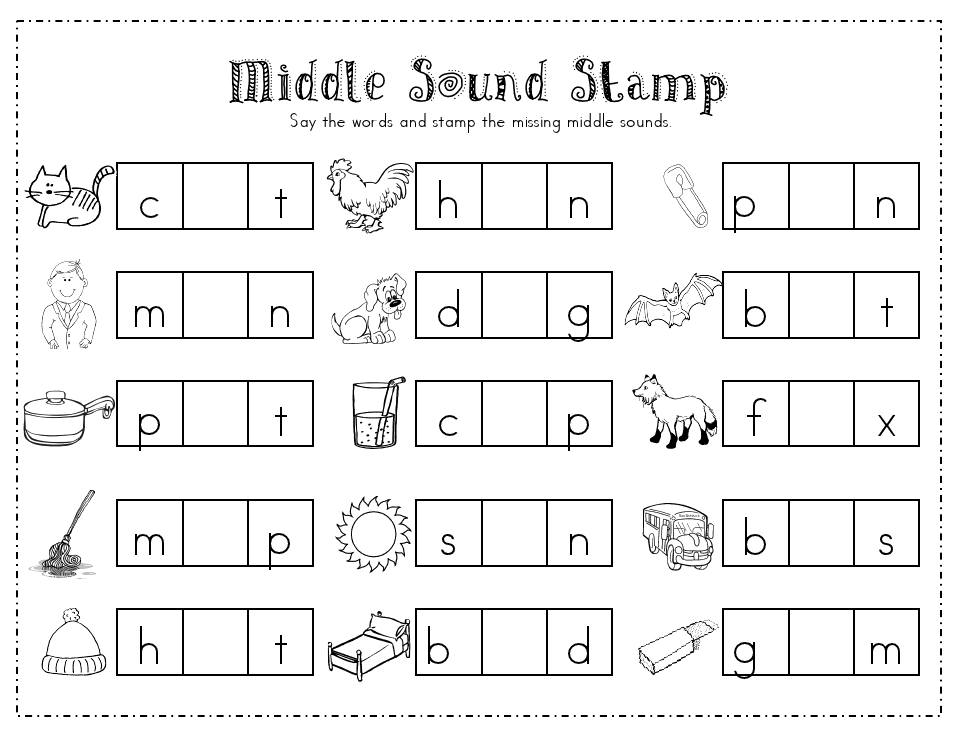 The teacher explains to the children that many people have already read books and magazines at home that just lie on the shelf, and if they bring them to kindergarten so that other children who do not have such publications can read them, it would be great!
The teacher explains to the children that many people have already read books and magazines at home that just lie on the shelf, and if they bring them to kindergarten so that other children who do not have such publications can read them, it would be great!
The teacher invites the children, together with their parents, to think and offer various options for good deeds that they can do for others. Since in the process of exchanging books, children are invited to become "Goldfish", the teacher conducts a brainstorming session with the children (and possibly with their parents), during which they all come up with what, based on bookcrossing, can be invented and implemented for others, what will please them. It can be:
- creating crafts-souvenirs based on books read;
- a small theater based on one of the books read;
- exhibition of drawings based on books read;
- reciting poems and singing songs from books read;
Stage 3 - main.
At this stage, the teacher introduces children to bookcrossing in more detail, choosing works that are appropriate for their age and organizes an exhibition of books on the shelves.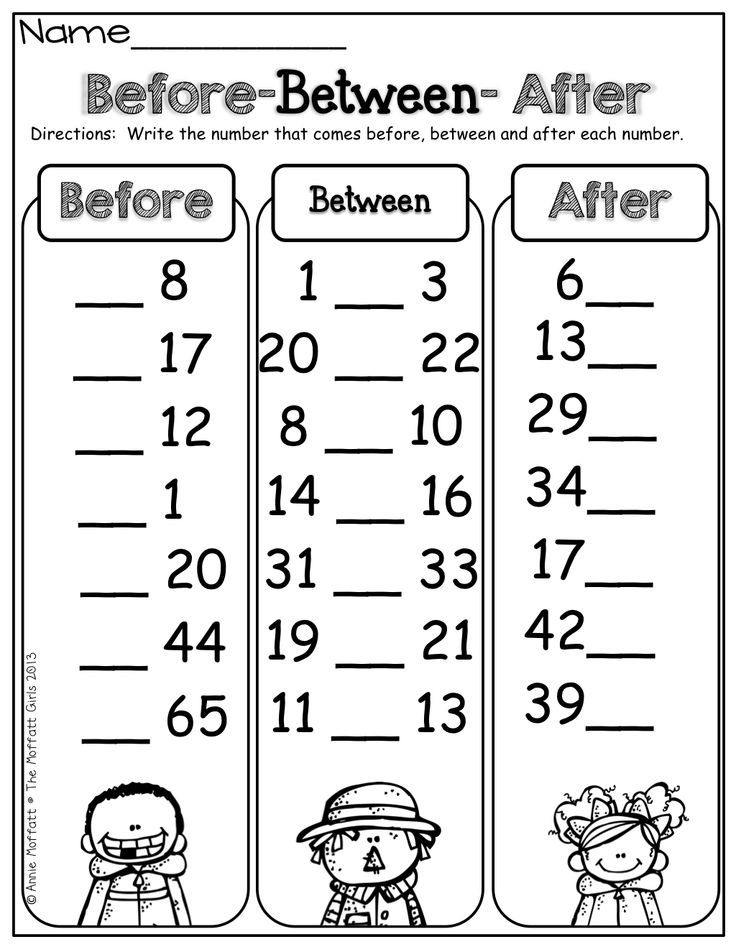 Teaches children and parents where and how to write down a book that they borrowed to read. Then the children choose their favorite books to read. After that, they exchange information about what they read, together with the teacher and parents decide how it is more interesting to tell other children about this book (creating souvenir crafts based on the books they read; a small theater based on one of the books they read; an exhibition of drawings from the books they read; reciting poems and singing songs from books I read.
Teaches children and parents where and how to write down a book that they borrowed to read. Then the children choose their favorite books to read. After that, they exchange information about what they read, together with the teacher and parents decide how it is more interesting to tell other children about this book (creating souvenir crafts based on the books they read; a small theater based on one of the books they read; an exhibition of drawings from the books they read; reciting poems and singing songs from books I read.
In the course of all these actions, children develop a variety of knowledge, skills and abilities. Children learn new techniques for making products of applied art; learning new poetry and music.
Stage 4 - final.
Children and teachers present the forms of creative activity prepared during the third stage of the bookcrossing implementation in predetermined places: other kindergarten groups, in the music hall, in their own group.
At different levels (children, parents, teachers) the results of the project implementation are summed up and analyzed.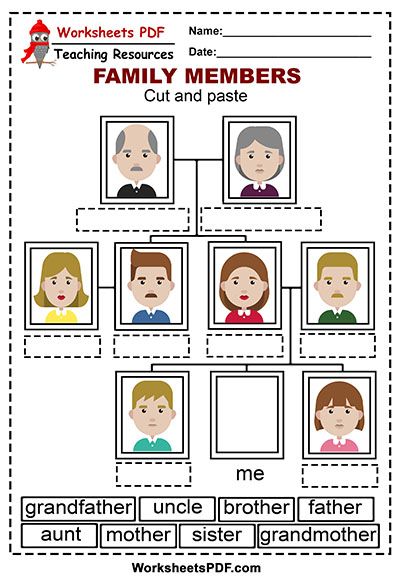 A photo exhibition and presentations based on the results of the project are being arranged, a parent meeting is held based on the results of the implementation of Bookcrossing in kindergarten in order to analyze the progress and discuss further prospects for interaction.
A photo exhibition and presentations based on the results of the project are being arranged, a parent meeting is held based on the results of the implementation of Bookcrossing in kindergarten in order to analyze the progress and discuss further prospects for interaction.
Books are meant to be read, but many people forget this. Unfortunately, in the modern world, books are either piled on the mezzanine, where they gather dust until the end of time, or thrown away. Your old books can teach and inspire many - just share them through bookcrossing!
Project implementation plan.
Stage I. Preparatory.
- Preparation of visual and didactic material on acquaintance with various genres of fiction.
- Determining the level of knowledge of children on the problem. Conducting situational conversations with children: “Why is it necessary to read books?”, “What is a library?”, “What is a book for?”, “Rules for handling a book”, “Your favorite book”.
- Identification of the level of knowledge of the parents of the pupils of the group with information on this problem.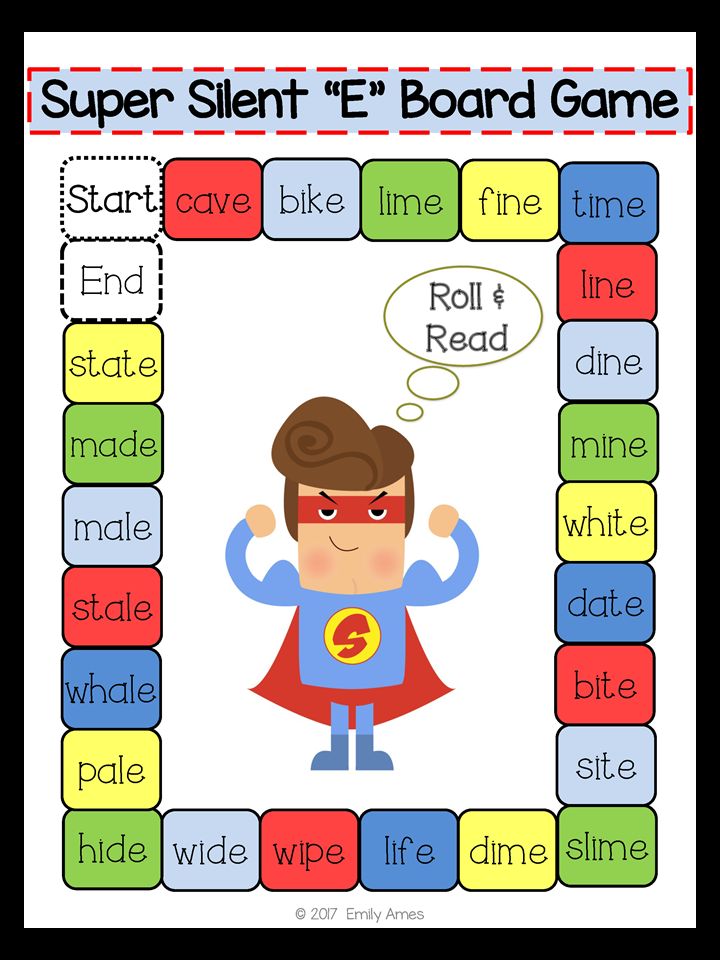 Poll of parents: "The role of the book in the education of children." Questioning to identify the most reading family.
Poll of parents: "The role of the book in the education of children." Questioning to identify the most reading family.
- Creating space within and outside the group for the project to take place.
Stage II. Practical.
1. Create conditions for the participation of parents (legal representatives) in educational activities. The revival of the tradition of reading in the family circle.
2. Consultations for parents “Journey of books or bookcrossing”
3. Regular reading by parents of works of different genres to children in the group in their free time.
4. Encourage children and parents to regularly visit the library.
5. Regular exhibitions of drawings and crafts based on read works.
6. Showing a theatrical production of the most liked works by children of younger groups.
Stage III. Final.
1. Active involvement in the bookcrossing movement not only in the preschool educational institution group, but also in the kindergarten as a whole.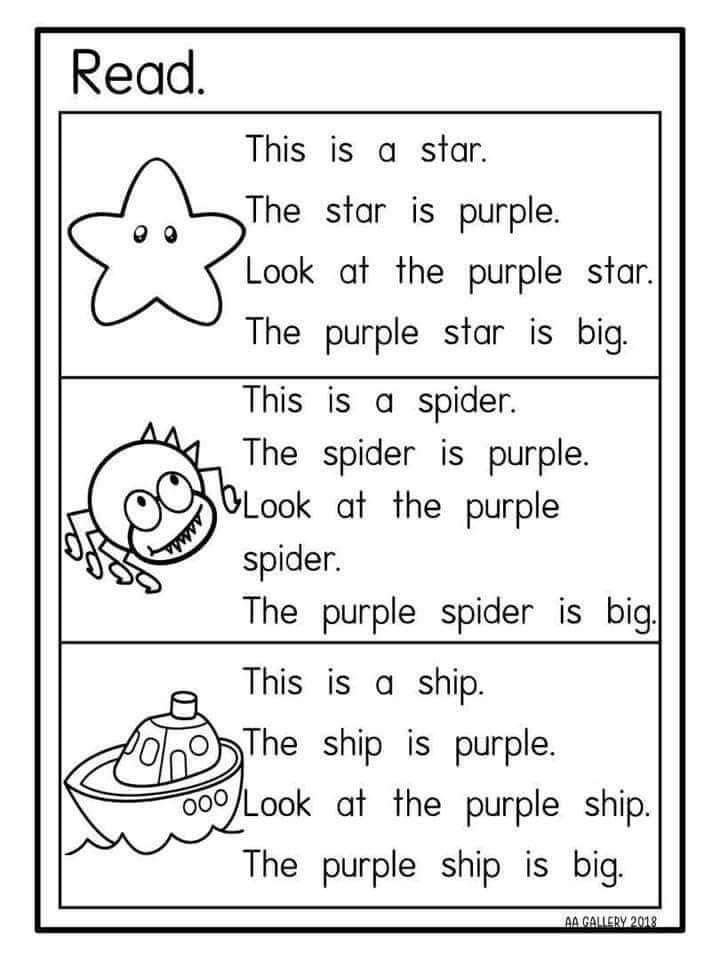
2. Preparing a presentation on the results of the project.
Planned results. Ways to check them.
- to form in children the need for daily communication with fiction;
- enrich the vocabulary, develop the lexical and grammatical structure, coherent speech of children;
- to form a positive attitude of parents to joint activities with teachers and children;
- to revive family reading, the tradition of visiting the library.
- active involvement in the bookcrossing movement not only in the preschool educational institution group, but also in the kindergarten as a whole.
Perspective of project development.
We sincerely hope that the bookcrossing movement in our kindergarten will expand and become stronger. After all, a book is a man's best friend. And all together we are doing the most important thing: we are reviving the love for the book, and, consequently, for reading! And a well-read person is, first of all, a literate person!
Let them teach you how to read at school! - article - Corporation Russian textbook (Drofa-Ventana publishing house)
Can we "teach" in preschool?
Teachers of Moscow schools note that about 10% of children come to the first grade without being able to read and not knowing the letters.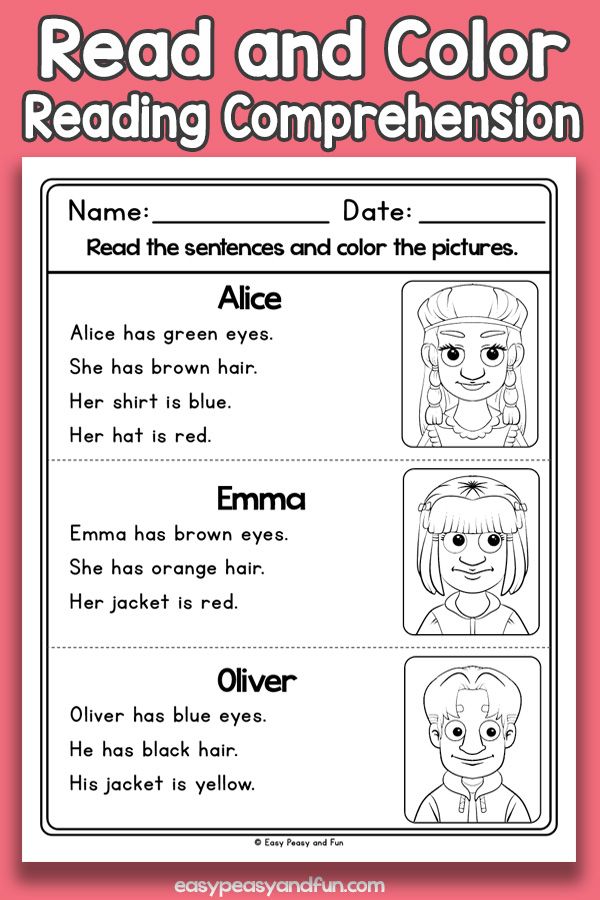 Such children feel uncomfortable in the company of classmates who are familiar with reading. Parents concerned with school achievement and socialization are interested in learning to read early. As well as Russian scientists who, throughout the 20th century, studied aspects of this direction of child development. The problem of preparing for schooling was described in detail in the Guide for Kindergarten Educator 1953 years old, and in 1984 it became one of the most topical topics of scientific research.
Such children feel uncomfortable in the company of classmates who are familiar with reading. Parents concerned with school achievement and socialization are interested in learning to read early. As well as Russian scientists who, throughout the 20th century, studied aspects of this direction of child development. The problem of preparing for schooling was described in detail in the Guide for Kindergarten Educator 1953 years old, and in 1984 it became one of the most topical topics of scientific research.
On January 1, 2014, the Federal Law "On Education in the Russian Federation" assigned the status of a full-fledged, initial, basic level of the educational system to preschool education. The Federal State Educational Standard dictates the strategy of distance education as a system of variable developmental education. The normative document prescribes not specific knowledge, skills and abilities, but learning targets. Among them is speech development, which includes the formation of sound analytical and synthetic activity as a prerequisite for learning to read and write.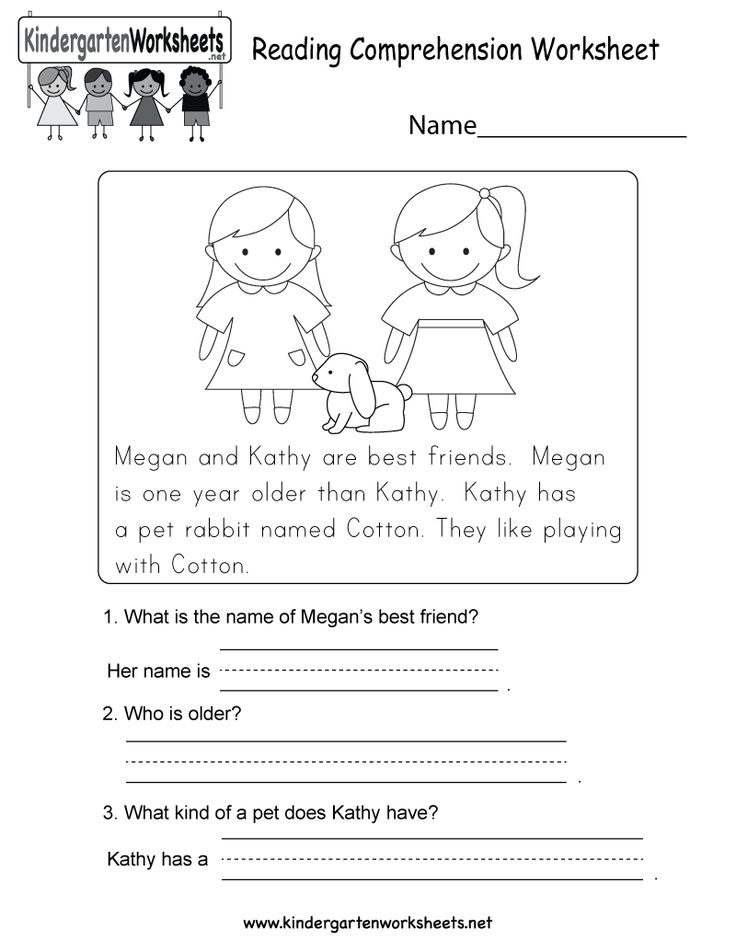 Thus, according to the standard, by the end of preschool education, the child should be able to distinguish sounds in words - nothing more is required. At the same time, the norms open up opportunities for those interested in early learning to read.
Thus, according to the standard, by the end of preschool education, the child should be able to distinguish sounds in words - nothing more is required. At the same time, the norms open up opportunities for those interested in early learning to read.
Why do we teach preschoolers to read?
All elementary school students should be able to read by the age of 8. Many educational programs offer ways to achieve this result. Among the most popular courses are "Primary School of the 21st Century" and "Planet of Knowledge", presented by the Russian Textbook corporation. All programs have pre-alphabetic and alphabetic literacy periods, however, they have a different number of hours. At the same time, programs in mathematics and other subjects imply the child's ability to read the task and solve the problem. Under such conditions, a student who has a reading skill copes with new material faster and better. Therefore, popular programs for preschool educational institutions purposefully prepare the child for education in elementary school, give the basics - including reading.
Should preschoolers be taught to read?
Most researchers agree that reading develops a child at an early age. It affects as follows:
-
Improves visual and auditory perception.
-
It hones the mobility of neuropsychic processes, increases the efficiency of processing kinesthetic and auditory information.
-
Increases activity of attention.
-
Expands all types of memory, helps to master the ability to use rational memorization techniques.
-
Forms the ability to plan and control their actions.
-
Creates prerequisites for the development of communication skills.
-
Promotes the development of oral speech, replenishment of vocabulary and the formation of a sense of language.
Can children learn to read at preschool age?
The authors of educational programs identify 6 blocks of functions that a child must have in order to successfully learn to read:
-
Auditory
-
visual-spatial
-
Motor
-
Oral speech
-
mental activity
-
Emotional and personal characteristics of behavior
But the readiness of the child in all these directions is only an ideal. It should be noted that learning to read itself develops precisely those prerequisites that are the key to the successful formation of this skill. To study reading using one of the known methods, it is enough that the child has only some degree of formation of certain functions.
It should be noted that learning to read itself develops precisely those prerequisites that are the key to the successful formation of this skill. To study reading using one of the known methods, it is enough that the child has only some degree of formation of certain functions.
How to teach preschoolers to read?
Basic teaching methods:
- Analytical-synthetic method
The dominant method, since Russian spelling is phonemic. The child gradually, in practice, develops the ability to hear the phoneme. He masters the rules of positional alternation of sounds, develops phonemic perception, and this is the basis for the subsequent development of reading and writing. This method assumes a fully formed oral speech, so training according to the analytical-synthetic principle begins no earlier than 4-5 years.
- Global Read Method
Within the framework of the method, the image of a word is perceived as a picture, an ideogram.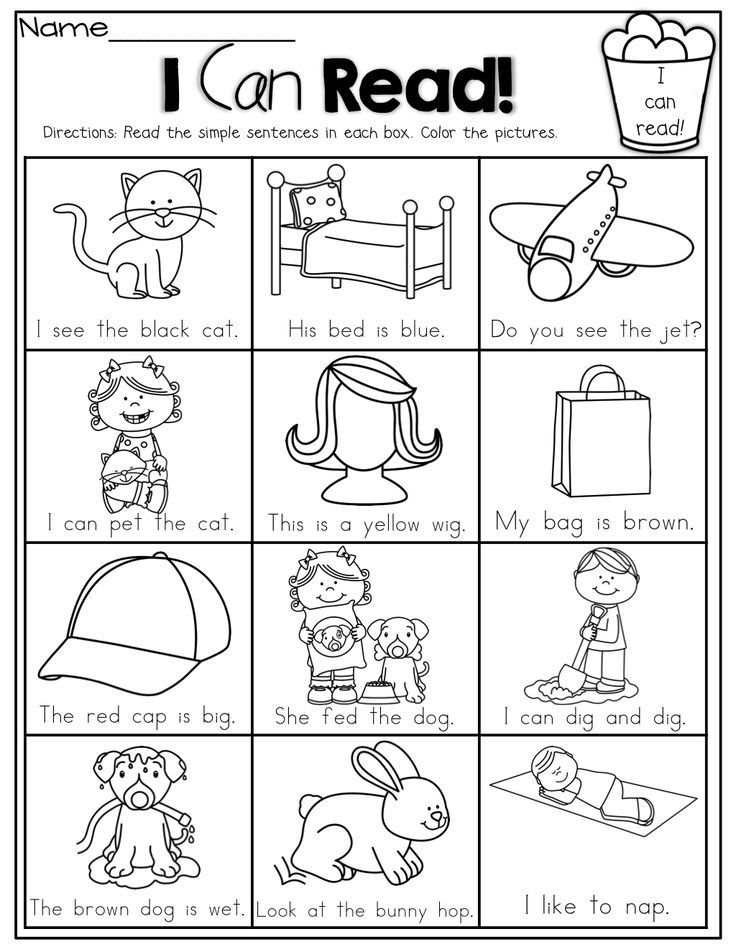 The child learns the spelling of the word as a whole, without isolating individual letters. Many experts argue that this is physiological, since we think in whole words. The method does not require well-developed speech, so it is suitable for learning at an early age (from a year) and with limited health. Classes should be frequent and regular. The child has to independently guess the principles of reading, which is a disadvantage. This method is often used at the beginning of training, as a stepping stone to the subsequent development of the analytic-synthetic method.
The child learns the spelling of the word as a whole, without isolating individual letters. Many experts argue that this is physiological, since we think in whole words. The method does not require well-developed speech, so it is suitable for learning at an early age (from a year) and with limited health. Classes should be frequent and regular. The child has to independently guess the principles of reading, which is a disadvantage. This method is often used at the beginning of training, as a stepping stone to the subsequent development of the analytic-synthetic method.
- Singular method, method of learning to read in warehouses
The method is based on the syllable as the minimum pronunciation unit of speech. The method is effective in cases where a more traditional method is too complicated or inaccessible for a child. Experts point out the disadvantages: reading whole words is still easier for the eyes and the brain, and synthesis is complicated, in addition, there is some inconsistency and illogicality in the known methods (for example, there is no combination ZhY or SHI, but there are such combinations of consonants with the vowel E as BE and VE ).
Which manuals/workbooks are best for teaching preschoolers to read?
UMK "Paths" of the corporation "Russian Textbook" is in great demand, as it helps to implement the analytic-synthetic method through the solution of logically structured problems. Specialists distinguish publications: “These are amazing sounds”, “Secrets of words and sounds”, “Learning to speak correctly”, “Getting acquainted with letters”, “I can read”. How to use benefits? The answer to this question is very broad. The presented books and notebooks contain not only assignments and methodological recommendations, but also templates of game training materials.
Should a child with disabilities be taught to read?
It is necessary, and with the use of all possible methods. Sometimes reading is the only window to the world for people with disabilities. If a person has difficulties in communicating using their own speech, the ability to read and write allows them to communicate using modern technical devices.